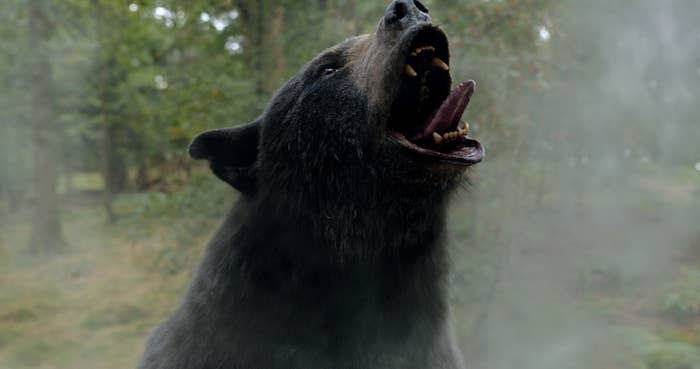
The first two months of the movie season each year are usually reserved for less-than-pristine fare. However, this month ends with a bang (and a snort) with the Universal Pictures film Cocaine Bear. The title isn’t there to trick you. It is exactly as it sounds: A bear in this movie does cocaine. And then people deal with said bear.
The film, hitting theaters Friday, Feb. 24, is directed by Elizabeth Banks and is somewhat inspired by a true story of a bear—nicknamed Pablo Escobear—who was found dead of a cocaine overdose in Georgia after smugglers dropped bags containing the drug in the wild. The film’s premise offers a rather unique problem for its characters, including drug smuggler Daveed (O’Shea Jackson Jr.), and a ragtag crew of wildlife explorers and enforcement officers played by Keri Russell; Isiah Whitlock Jr.; the late, great Ray Liotta; and more. They all must contend with the coke-fueled bear as it goes on a killing rampage after it ingests a duffel bag of cocaine.
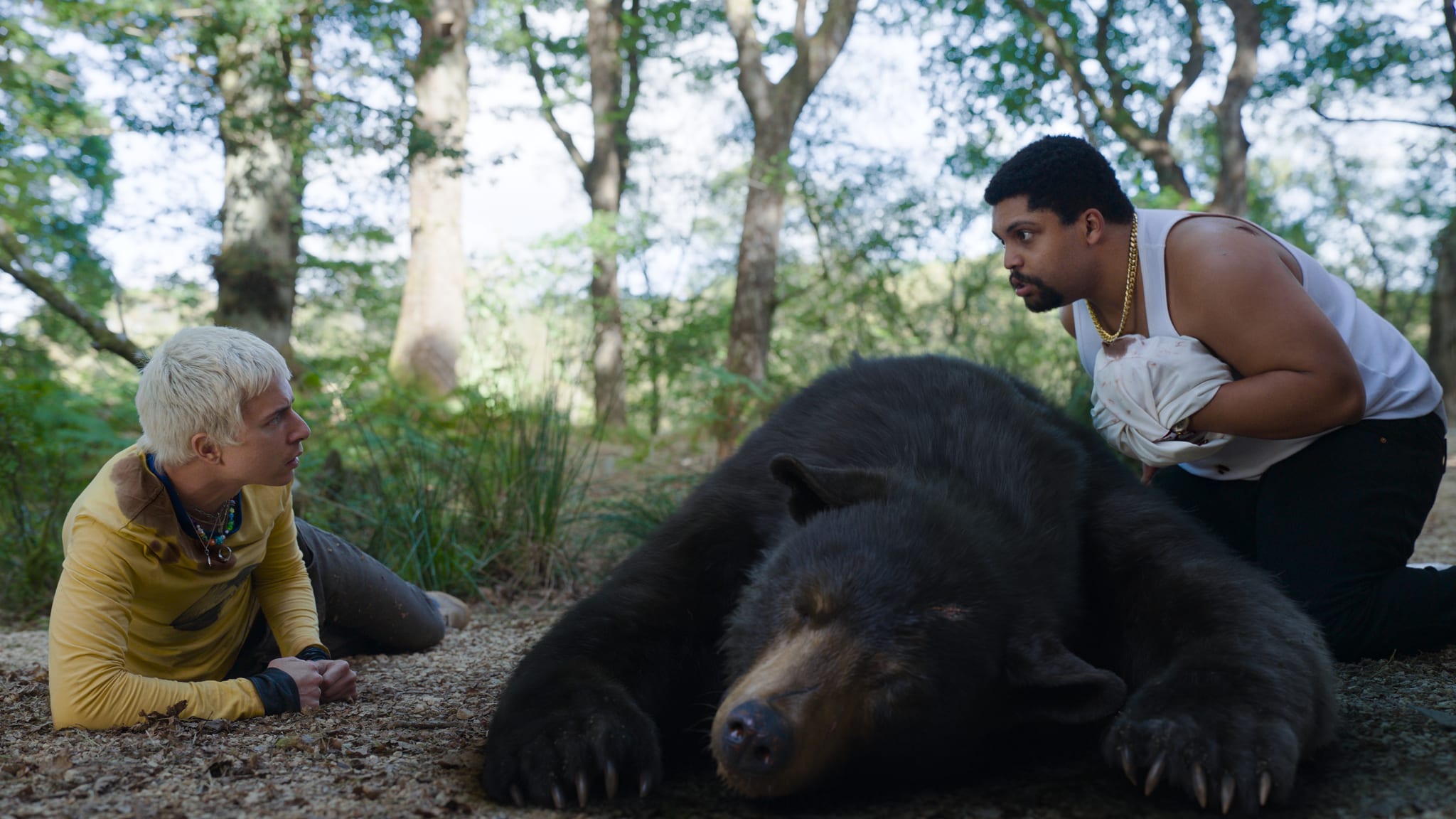
But what would really happen if a bear did do some lines? Complex got in touch with comedian Jono Zalay. While pursuing standup in Boston, Zalay also earned his Ph.D. in neuroscience from Boston University so he knows a thing or two about these things.
Complex consulted the neuroscientist-turned-comedian for his insight ahead of the movie’s release, and he broke down his experience with administering drugs to animals like rats and what they could potentially do to an actual bear. Read our conversation about the effects drugs can have on animals below.
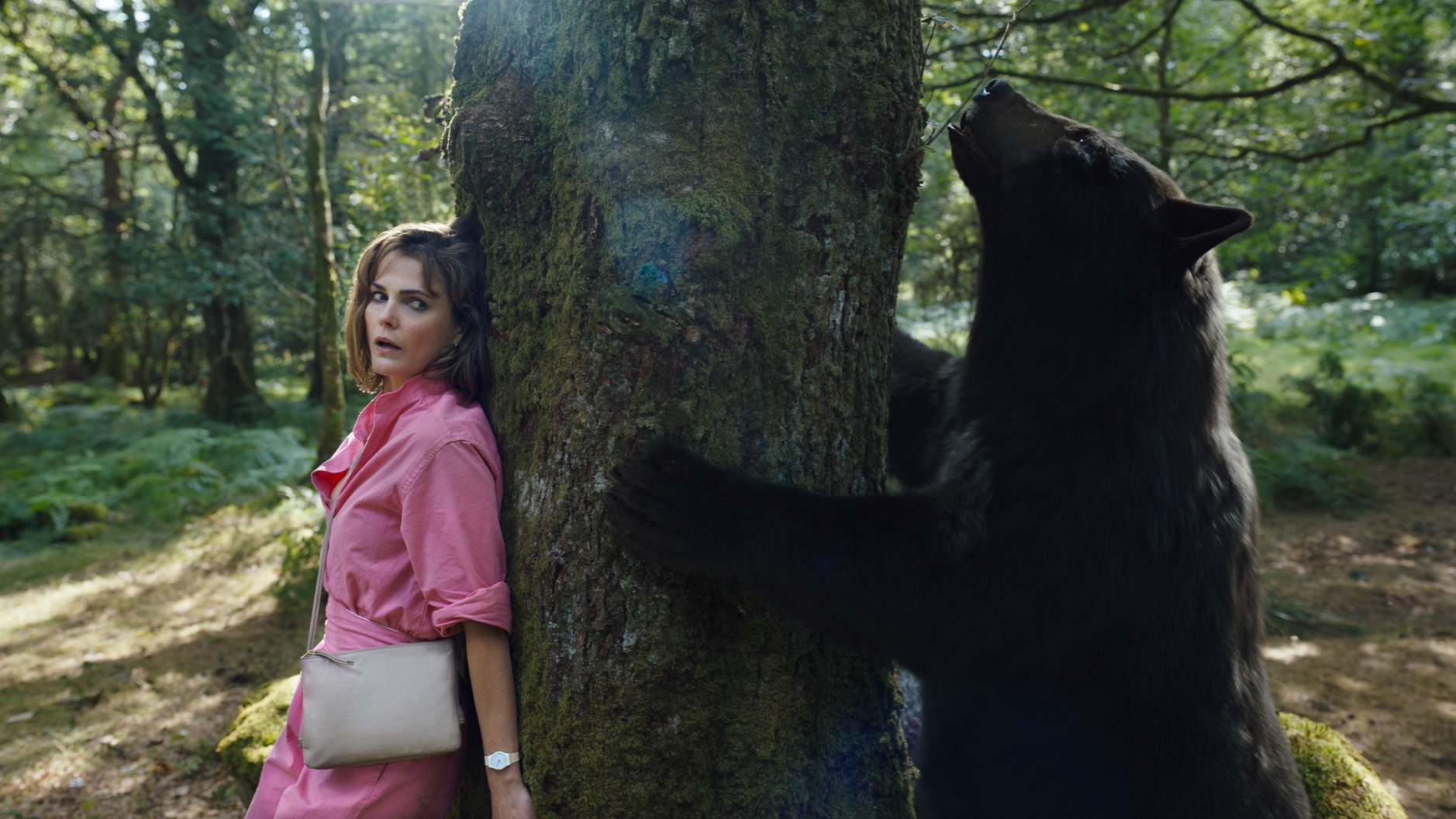
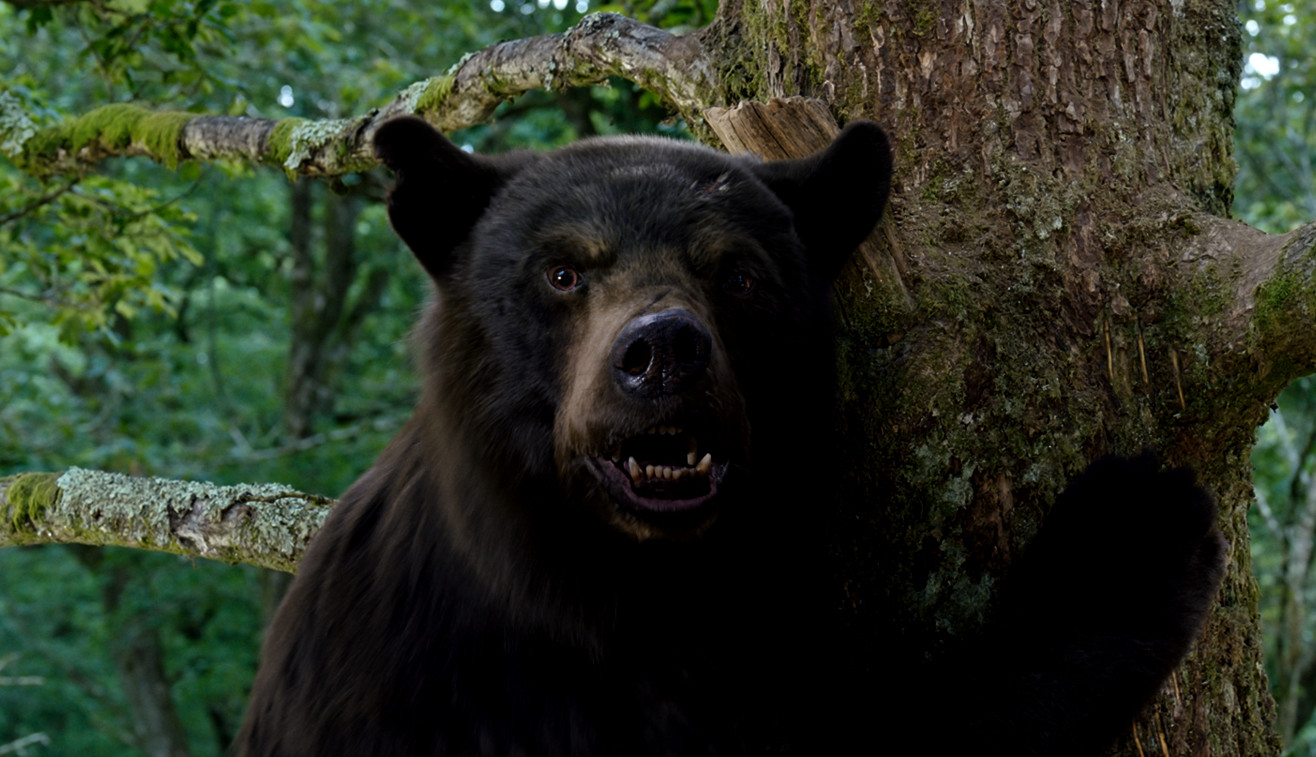
View this video on YouTube
Fantastic. One last thing: We’ve all seen cats go absolutely nuts for catnip. What’s the difference between giving a cat catnip and a bear cocaine?
Catnip works through the olfactory system of cats. That’s their sense of smell. Catnip and cocaine are both administered through the nose, which I guess is a fun coincidence. But cocaine, obviously, is a much harder drug. It’s also a Schedule 2 drug, as opposed to Schedule 1 drugs, like marijuana, that have “no medical benefit,” because it has anesthetic properties.
So there’s a numbing sensation?
If a bear did cocaine, its whole mouth would be numb, yes. But the main difference is obvious: Cocaine is more powerful than catnip. A cat tripping on catnip would get briefly into sniffing, licking things, and rolling in dirt and leaves. A cat exposed to catnip is basically micro-dosing something like Molly.
Now if you gave a bear cocaine, it would get an energy boost. [Ed. note: Both Zalay and Complex heavily suggest NOT doing this.] The drug would somehow make the bear feel even more invincible. It wouldn’t be hungry. But it’d become more territorial. And irritable. Cocaine also has a short duration period, so the bear would seek more of it, probably within half an hour to two hours.
So it wouldn’t be pleasant, is what you’re trying to say.
Look, I hated getting between rats and their cocaine. I would not volunteer to get between a bear and any amount of cocaine.

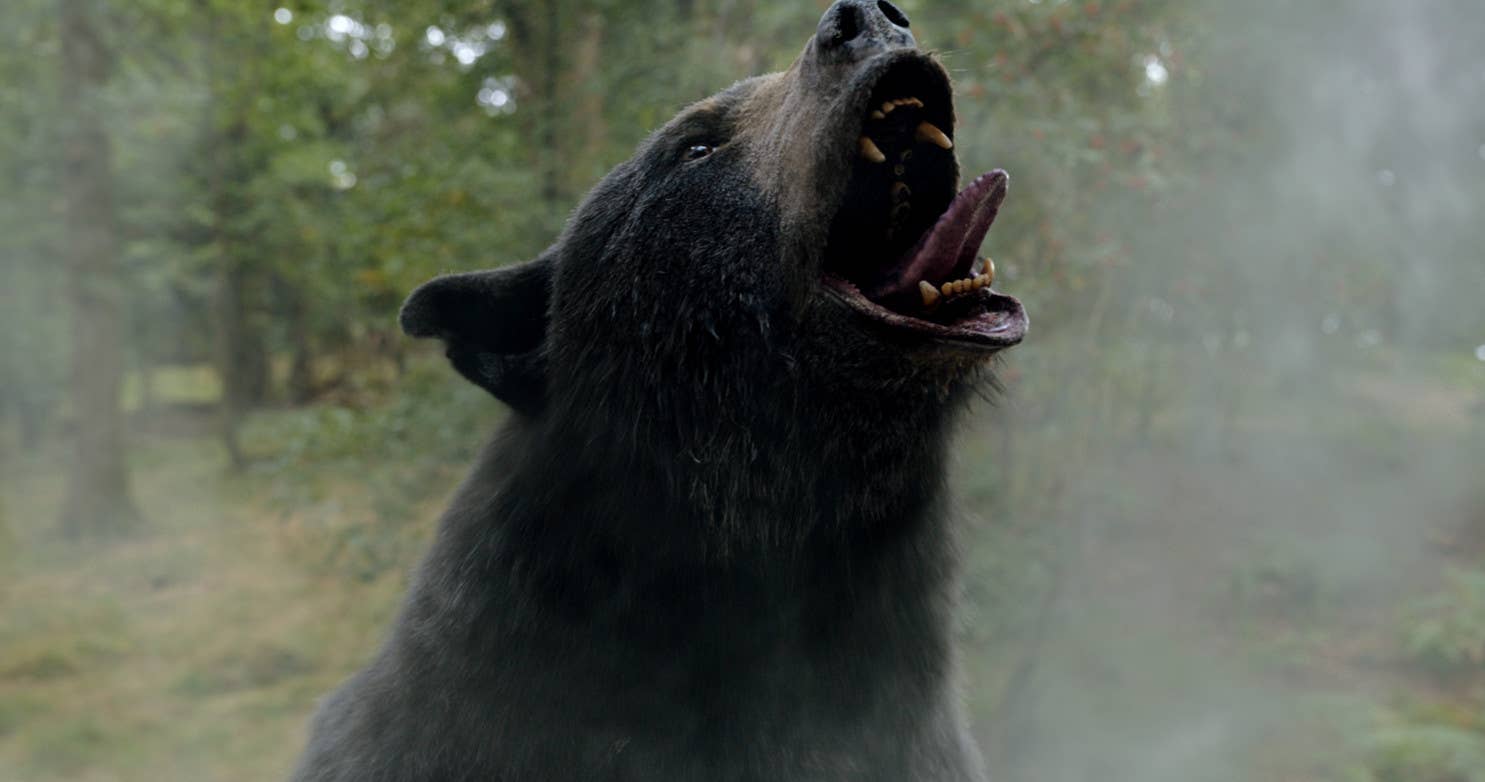
![Fantastic. One last thing: We’ve all seen cats go absolutely nuts for catnip. What’s the difference between giving a cat catnip and a bear cocaine?
Catnip works through the olfactory system of cats. That’s their sense of smell. Catnip and cocaine are both administered through the nose, which I guess is a fun coincidence. But cocaine, obviously, is a much harder drug. It’s also a Schedule 2 drug, as opposed to Schedule 1 drugs, like marijuana, that have “no medical benefit,” because it has anesthetic properties.
So there’s a numbing sensation?
If a bear did cocaine, its whole mouth would be numb, yes. But the main difference is obvious: Cocaine is more powerful than catnip. A cat tripping on catnip would get briefly into sniffing, licking things, and rolling in dirt and leaves. A cat exposed to catnip is basically micro-dosing something like Molly.
Now if you gave a bear cocaine, it would get an energy boost. [Ed. note: Both Zalay and Complex heavily suggest NOT doing this.] The drug would somehow make the bear feel even more invincible. It wouldn’t be hungry. But it’d become more territorial. And irritable. Cocaine also has a short duration period, so the bear would seek more of it, probably within half an hour to two hours.
So it wouldn’t be pleasant, is what you’re trying to say.
Look, I hated getting between rats and their cocaine. I would not volunteer to get between a bear and any amount of cocaine.](https://img.youtube.com/vi/DuWEEKeJLMI/mqdefault.jpg)